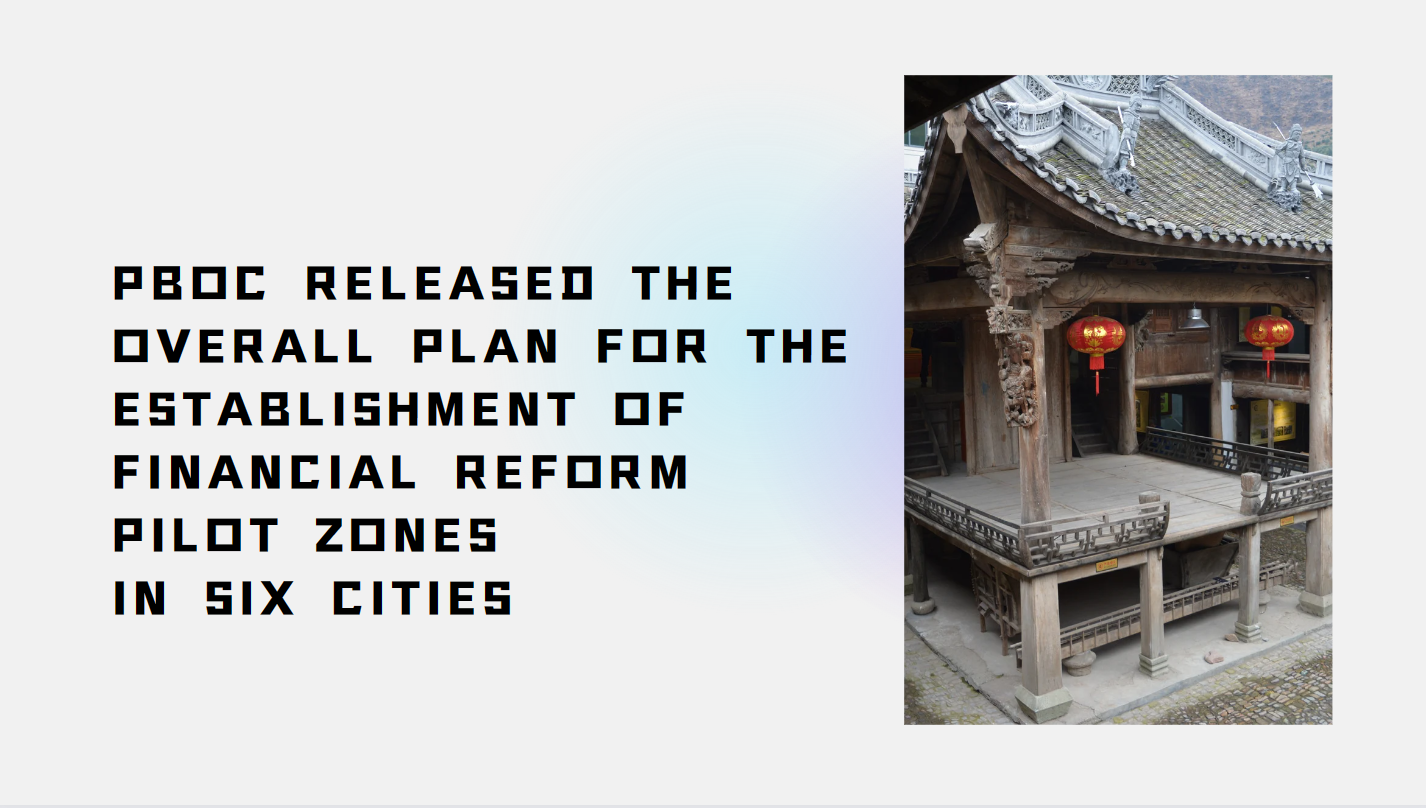China's green finance development in the fast lane
China has seen the development of green finance enter the fast lane, playing a vital role in the country's long-term pursuit of low-carbon and sustainable growth.
Green finance aims to finance the development of sustainable industries as well as the low-carbon transformation of traditional ones. At the 14th Lujiazui Forum held in Shanghai, Yi Gang, governor of the People's Bank of China (PBOC), highlighted its significance amid the country's steady progress toward its "dual carbon" goals.
China has announced that it will peak carbon dioxide emissions by 2030 and achieve carbon neutrality by 2060, which will bring profound changes in every area, including industrial and energy structures, as well as the people's modes of production and living, said Yi.
In recent years, China has doubled down on efforts to develop green finance and yielded fruitful results, putting in place a multi-tiered green finance market system, with outstanding green loans and bonds both ranking among the top in the world.
By the end of the first quarter of 2023, the country's outstanding green loans in yuan and foreign currencies exceeded 25 trillion yuan (about 3.48 trillion U.S. dollars), while its outstanding green bonds surpassed 1.5 trillion yuan, data from the PBOC shows.
Green bonds issued by domestic commercial banks this year before June 12 reached 243 billion yuan, surging by 88.26 percent year on year, according to data from financial information provider Wind.
In recent years, policy incentives have played an active role in supporting green finance in China.
In 2021, the PBOC launched two new special tools that offer low-cost financing for initiatives involving carbon reduction, as well as cleaner and more efficient coal use, which attached greater significance to the role of the market and encouraged more social capital to flow into green and low-carbon areas.
In 2023, the credit facility for supporting carbon emission reduction was extended to the end of 2024, while the implementation of the special relending tool for promoting the clean and efficient use of coal was extended to the end of this year.
By the end of April 2023, China's carbon-reduction credit facility had financed carbon-emission cuts of more than 150 million tonnes, data from the PBOC reveals.
The central bank has specified environment information disclosure requirements for financial institutions and built up the climate risk management capacities of financial institutions.
Under the completed policy system, green finance will embrace huge development opportunities in China.
According to the latest estimate from the CICC Global Institute, green investment in China came in at approximately 2.6 trillion yuan in 2022, an increase of 20 percent year on year, while its growth rate in the future will be higher than in traditional industries such as real estate and infrastructure.
The achievement of China's "dual carbon" goals requires a large amount of investment in green technology and transformation, and government funds can only cover a small portion, said Yi, adding that efforts should be made to guide social funds to participate in and fully leverage the decisive role of the market in allocating resources.
Analysts believe that, with continued financial opening-up, China's enormous and fast-growing green finance sector will also bring tremendous opportunities to foreign institutions.
The PBOC included Deutsche Bank (China) Co., Ltd. and Societe Generale (China) Ltd. in a lending program designed for carbon emission reduction in August 2022, which allows lenders to apply for low-cost funding from the central bank after a green loan is made, saying that it will consider adding other ready and capable foreign financial institutions to the list.
It added that China attaches great importance to green transformation, adheres to opening-up, treats foreign financial institutions as equals and supports their development in the country.





















































First, please LoginComment After ~